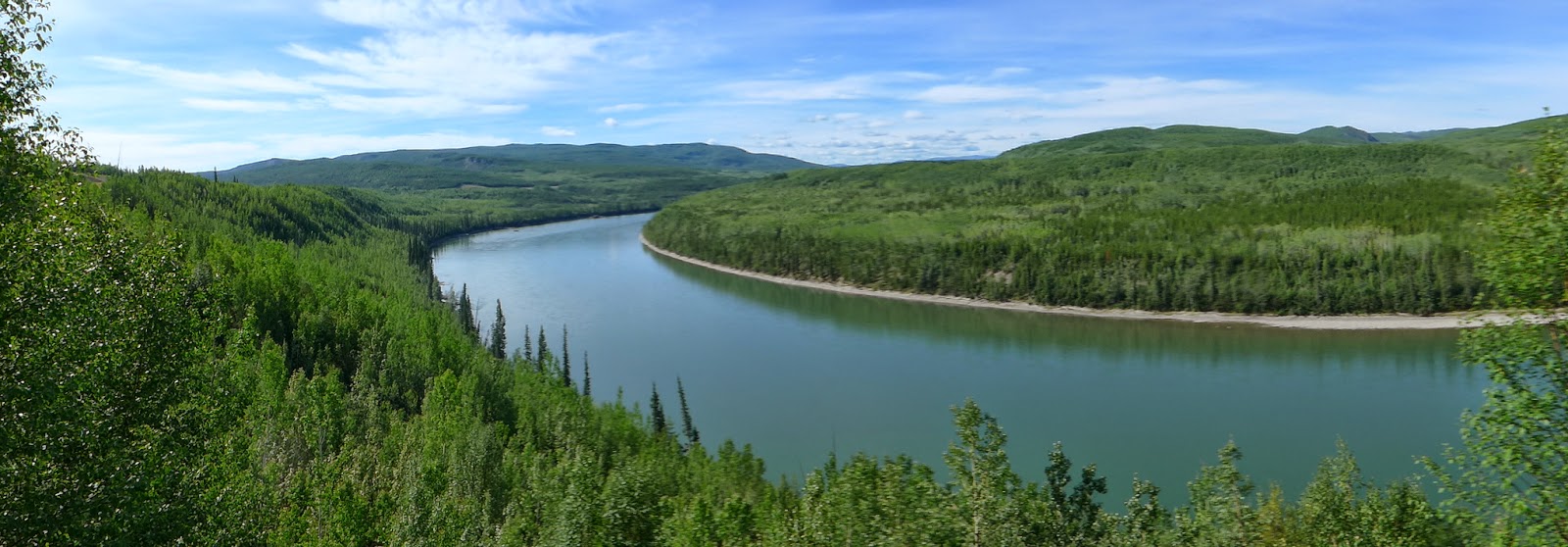Canada’s history, culture, and patterns of human development are a reflection of the nation’s rivers. Although Canada once had an abundance of wild, large, and free-flowing waterways, over time, these water bodies have been altered and engineered to capture hydro-electricity, to divert water for agriculture and land development, and to create artificial lakes for recreation, water retention, and other uses.
Launched today, World Wildlife Fund Canada has released a comprehensive assessment of Canada’s free-flowing rivers and measures that could increase their protection.
WWF-Canada’s vice-president of freshwater, Elizabeth Hendriks stated, “Canada’s wild rivers are the freshwater equivalent of wilderness areas. They deserve the same understanding and knowledge we afford to key marine and terrestrial habitats. And yet the current patchwork of provincial and territorial monitoring programs means communities are often lacking enough baseline data to make evidence-based decisions for these rivers. As a result, they are vulnerable to both individual and cumulative impacts. Ongoing monitoring and data collection is essential for informed management of these wild rivers to ensure both people and nature thrive.”
By definition, a free-flowing river is any river or section of a river that is not impacted by a dam; and a wild river is defined by WWF-Canada as a free-flowing river that is not negatively impacted by pollution, habitat loss, habitat fragmentation, overuse of water, invasive species, climate change or alteration of flows. Despite their tremendous ecological value and support of local economies and community well-being, these wild rivers are not safeguarded against large-scale hydropower dams and other development in Canada.
The report acknowledges that the majority of Canada’s remaining wild rivers are located in the North, where fewer people live.
The top 10 list of wild rivers:
- Liard River (Yukon Territory, British Columbia, Northwest Territories)
- Kazan River (Nunavut)
- Dubawnt River (Nunavut, Northwest Territories)
- Thelon River (Nunavut, Northwest Territories)
- Horton River (Northwest Territories)
- Anderson River (Northwest Territories)
- Taltson River (Northwest Territories)
- Stikine River (British Columbia)
- Ekwan River (Ontario)
- Birch River (Alberta)

“In the face of a changing climate, these swaths of intact freshwater habitat provide refuge and resilience for vulnerable river-based and terrestrial wildlife like Lake Sturgeon and caribou. At a time when so many species and ecosystems are in decline, it is essential to ensure that any development on or near these rivers respects and maintains their wild nature,” said David Miller, outgoing president and CEO of WWF-Canada. “Now that we have identified Canada’s longest wild rivers, we are calling on national, provincial and territorial governments to take the steps necessary to protect them. That means putting legal mechanisms in place to prevent damming on wild rivers and requiring environmental assessments for any other development proposals,” he said.
The ecological and community benefits of actions to preserve the unbridled waterways include:
- Habitat for wildlife (including species at risk) that rely on intact river ecosystems;
- Facilitate climate change adaptation;
- Allow for the unhindered transportation of nutrients for plants and animals;
- Maintain a healthy food supply for communities;
- Support native biodiversity;
- Pollution control;
- Support vibrant industries; and
- Cultural and spiritual value.
The executive summary of the Wild Rivers report is available on WWF-Canada’s website, as is the full technical report.









